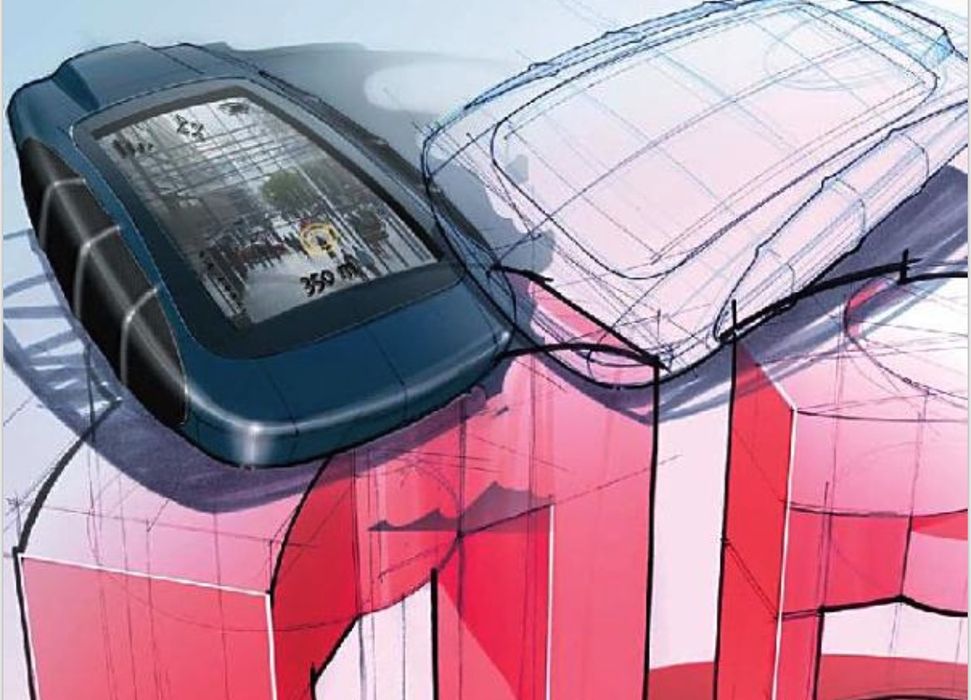
This week’s selection is “Sketching: Drawing Techniques for Product Designers” by Coos Eissen and Steur Roselien.
You might be wondering why one would want to use sketching when the goal of 3D printing is to produce a 3D model for production. That is indeed true, but it turns out that manual sketching is in fact a key part of most design processes.
It’s rare that someone immediately sits down at the CAD workstation and begins to form the desired object. That’s because there is a key question to resolve even before CAD elements are brought together: what is the concept for the object?
The geometry of an object is intended to do a few things. First, it has to functionally meet the requirements for the part. It has to “do” what it is needed to do. It has to do so under the specified conditions, as well.
A secondary objective in many cases is also the appearance of the object. What should it look like when it is performing its job? How does it integrate with the human operating it? Is it sufficiently attractive to generate additional sales?
These questions are very often answered through an initial bout of sketching, sometimes involving a team. It’s very quickly rip out rough sketches of concepts so they can be evaluated. These are by no means anything close to what would be made in CAD later, but form a visual of the design intent.
Designers can quickly iterate through sketches to find a design concept that works. This can be done far faster than making a CAD representation, and it’s a key part of many design processes.
But how do you do this sketching? That’s what this book is about.
It’s not really a formal tutorial, as you might expect. Instead it’s a series of images that illustrate different sketching concepts that could be applied to one’s project. It’s like a series of tips that one can add to your sketching toolbox. Here’s one example:
“Special attention for ellipses: A lot of people ‘automatically’ start drawing an object by first drawing a block. In a lot of situations, however, a cylinder or ellipse can be the most appropriate starting point of a drawing. In this approach, the ellipse plays a major role, to which other shapes are related.”
I think you get the idea here: make you think a bit different about how you go about the sketching process. The book is filled with these sorts of tips.
If you’re intending on designing products, this book might take your sketching game up a notch.
We’re an Amazon Associate and earn a small fee from qualifying purchases. Help support our 3D print news service by checking out this book!
Via Amazon
